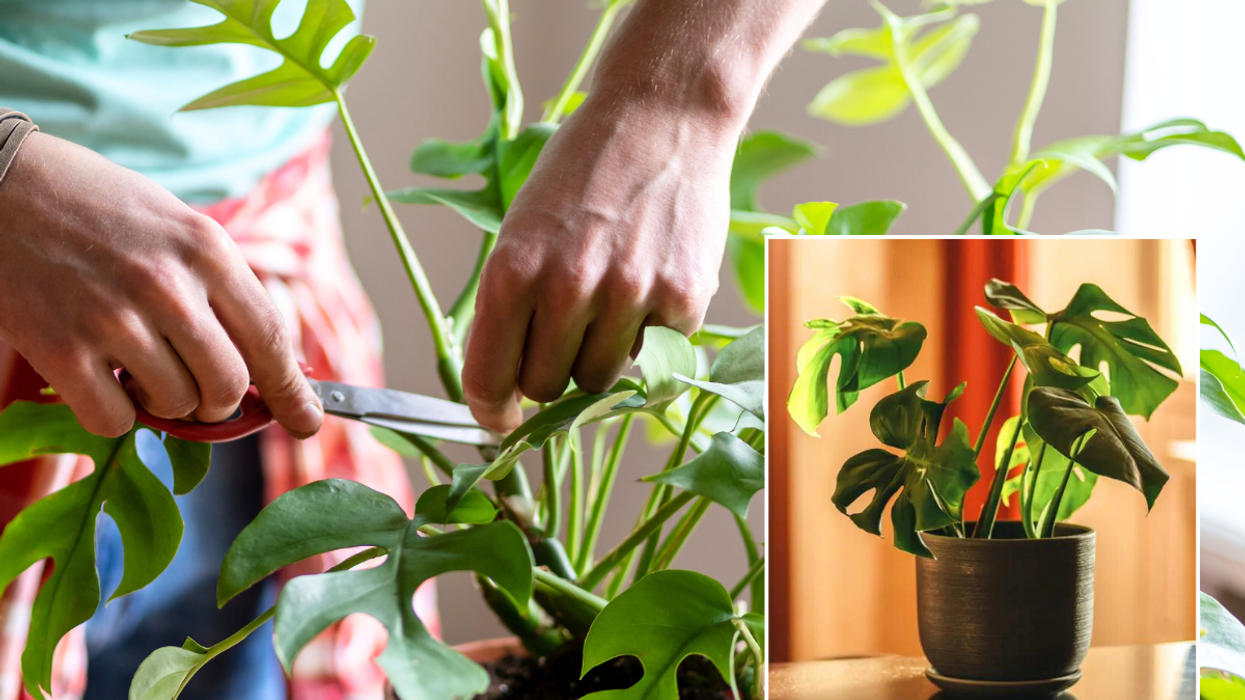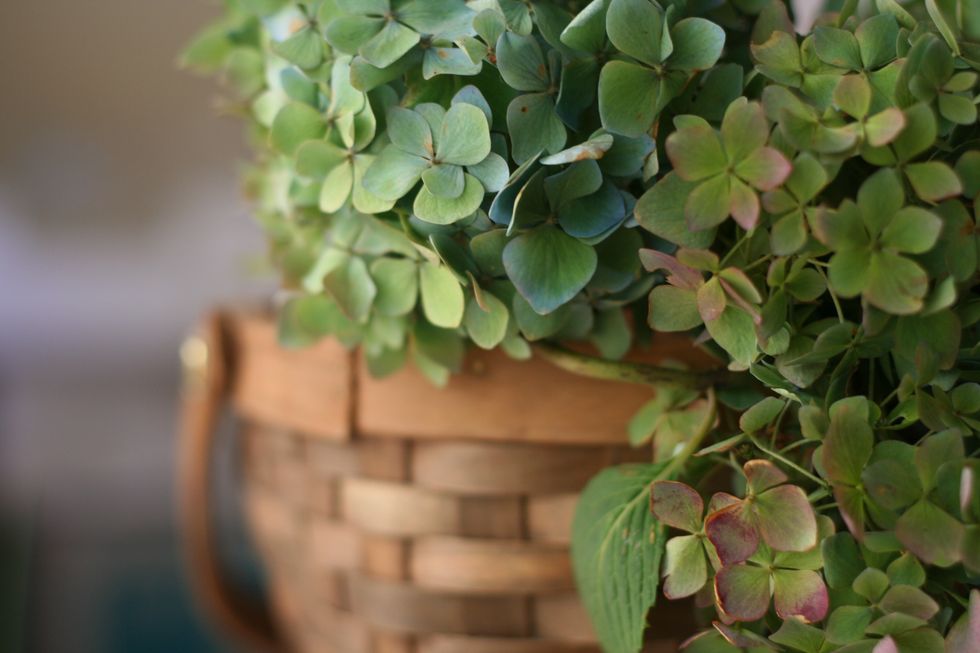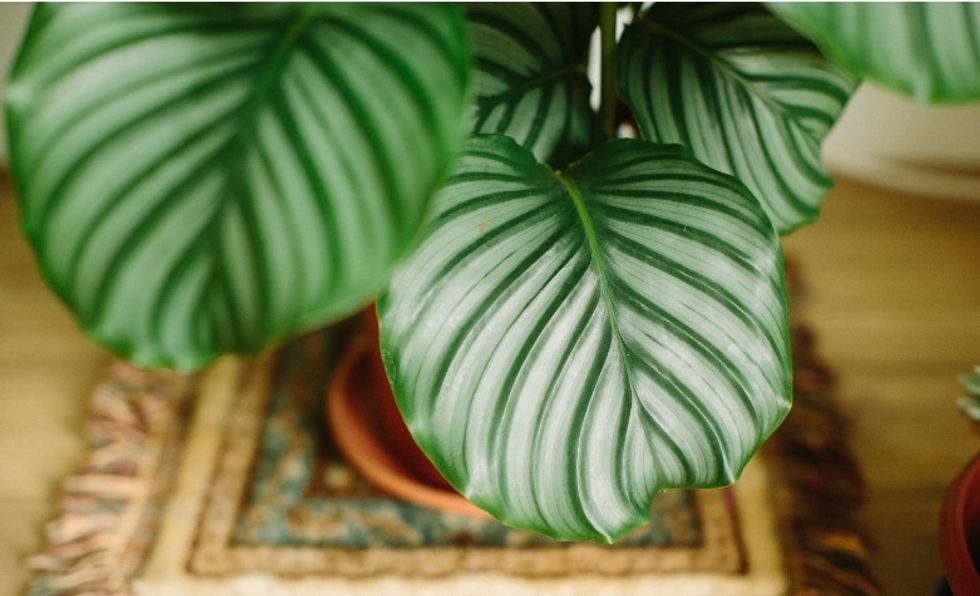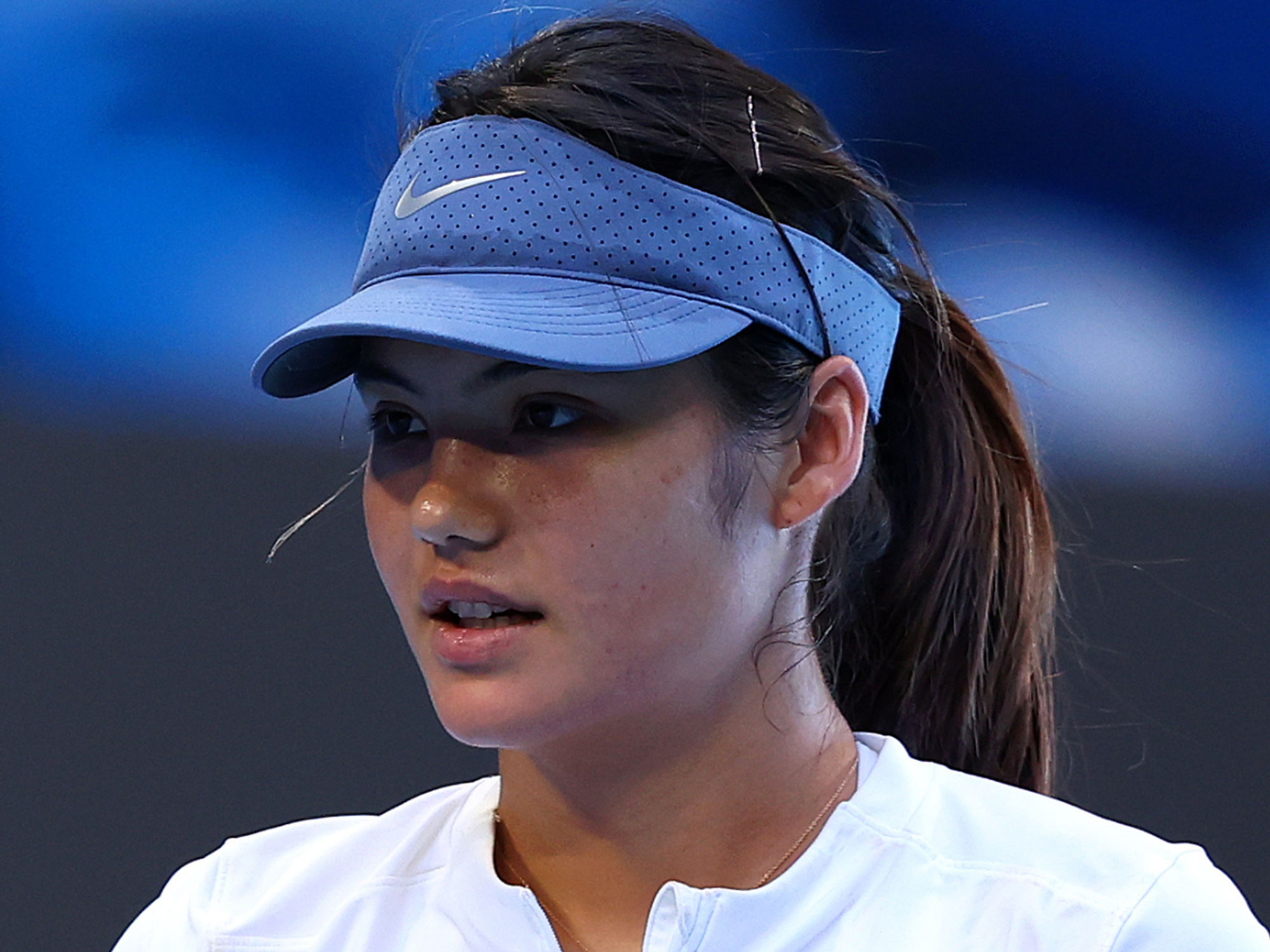Propagate new houseplants year after year with 'crucial' cutting hack

Timing is crucial for cutting houseplants
|GETTY

Timing is key when taking plant cuttings
Don't Miss
Most Read
Latest
Propagating your houseplants is a free way to get new plants. It involves using cutting to create more plants.
However, mastering this process is a skill. A gardening expert has shared advice, including why timing is so important.
The best time to take cutting is right now, as new plants will have the greatest chance of success if done before the end of summer.
"Timing is crucial when you take leaf cuttings. It needs to be done when the plant is actively growing. So, between spring and the end of summer.

Propagating is a free way to get new plants
| GETTY"Typically, the earlier you take the cutting the better," gardening expert at MyJobQuote.co.uk Fiona Jenkins said for Hammonds Fitted Furniture.
"To get the best results, pick a young yet fully-grown leaf for your cutting. And it needs to be in good condition so, choose one that is free from disease, brown spots and pests."
Doing this in the summer is beneficial as new plants will often require warm, bright temperatures.
Fiona continued: "Cold temperatures and a lack of light will slow down your cuttings’ development so keep them warm. Around 20⁰C is perfect.
"Also give them plenty of bright light, but do avoid direct sunlight as this can frazzle your leaves. Tropical plant cuttings also need a good level of humidity."
To begin the process, find small, well-drained pots and fill them with compost before finding the perfect leave. The expert added: "To take leaf cuttings, you’ll need some small pots with drainage holes in the bottom.
"Take some potting compost or general-purpose compost with perlite or horticultural grit mixed in and fill your pots so they’re around two-thirds full. Water them if the compost feels dry.
"Select your plant leaves and use a sharp, clean knife to make your leaf cuts. Place the leaves with the cut sides down so they’re just in the compost.
"The compost does need to be kept moist while your cuttings are developing into plantlets. However, you also need to be careful not to overwater them, otherwise the leaves will rot rather than root."
LATEST DEVELOPMENTS

Houseplants are a great addition to any household
| GETTYThe expert also recommended a plastic bag hack to keep the soil moist and help new plants develop.
Fiona added: "For most leaf cuttings, covering the plantlets with a clear plastic bag or placing them in a propagator will help them to develop and will stop the compost from drying out.
"However, with succulents such as Jade plants and kalanchoe you should leave your cuttings uncovered. With succulents, including Jade plants, snake plants and aloe vera, leave each leaf cutting for a few days before you pot them.
"This allows the cut end to heal over and thicken. It’s important to let this callous form first so your cutting doesn’t rot."










